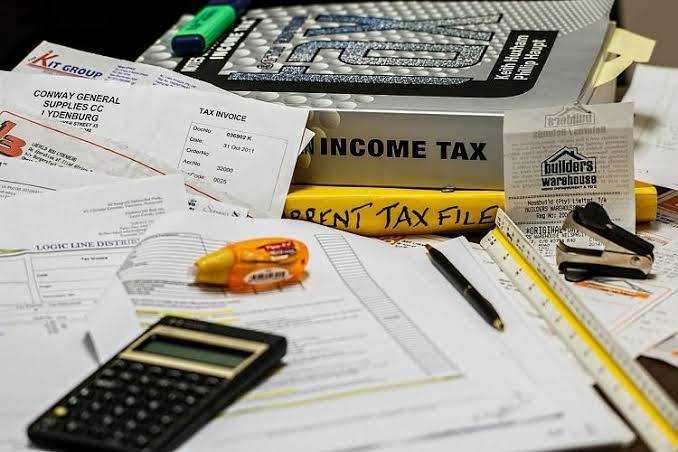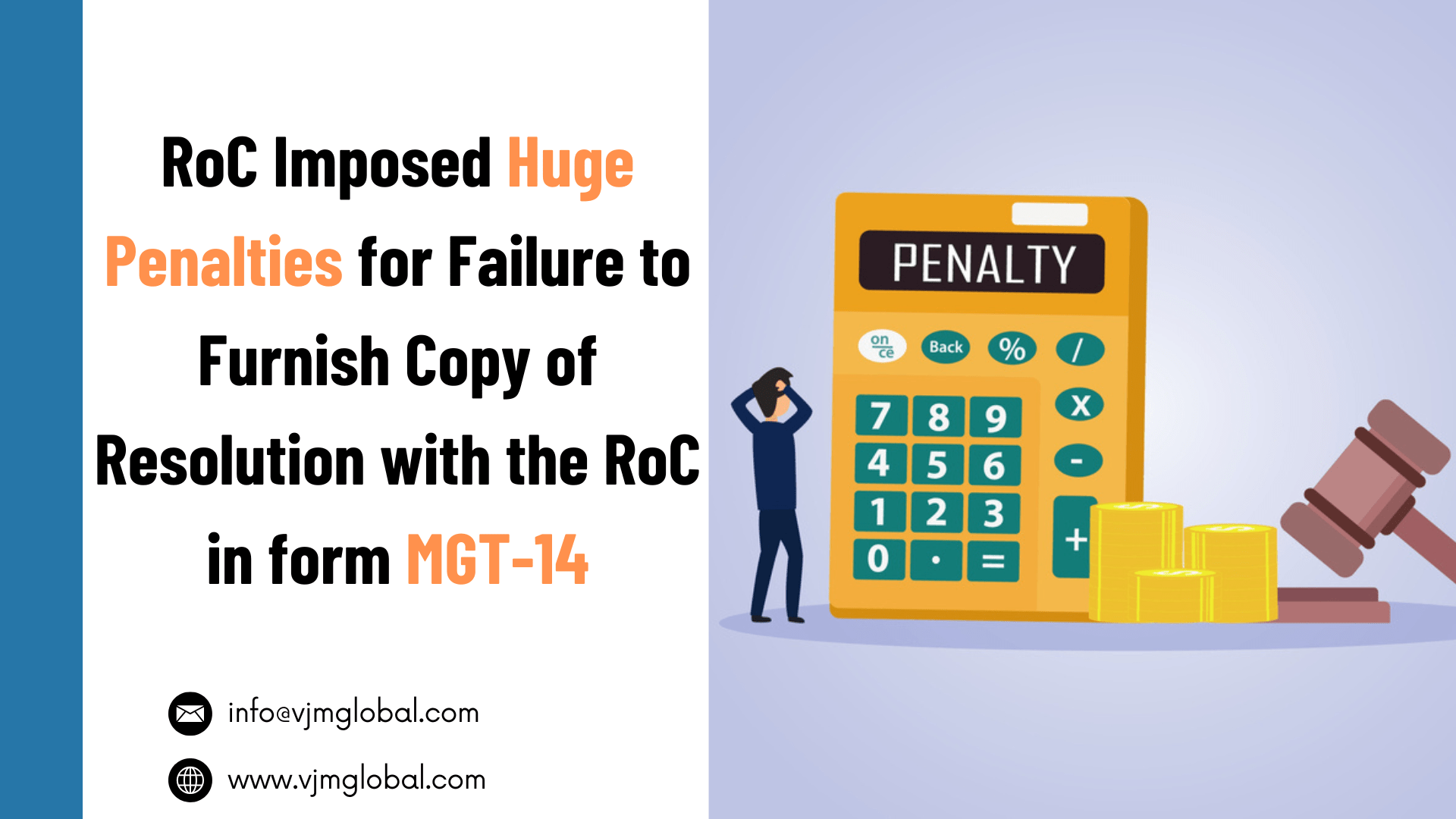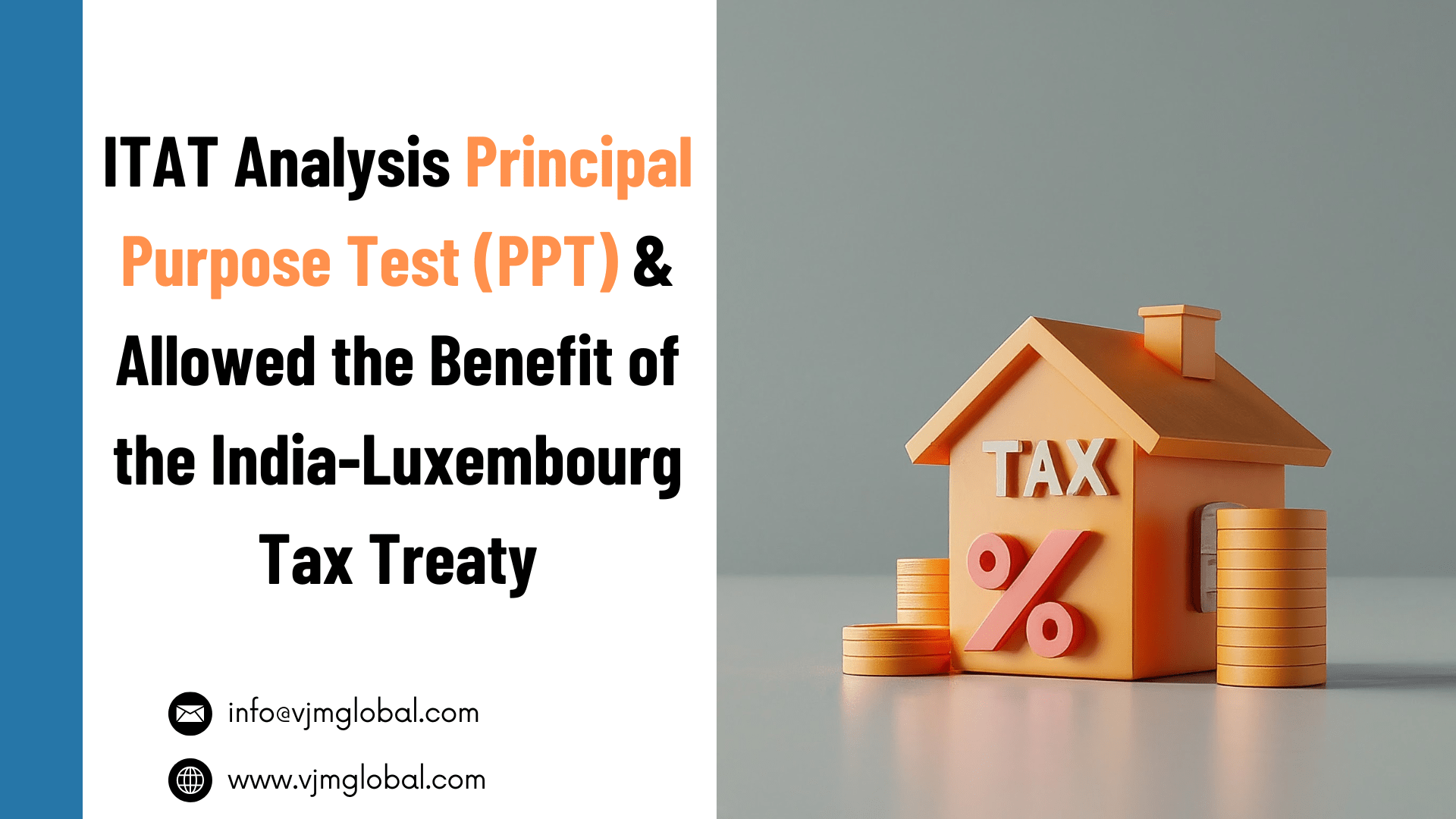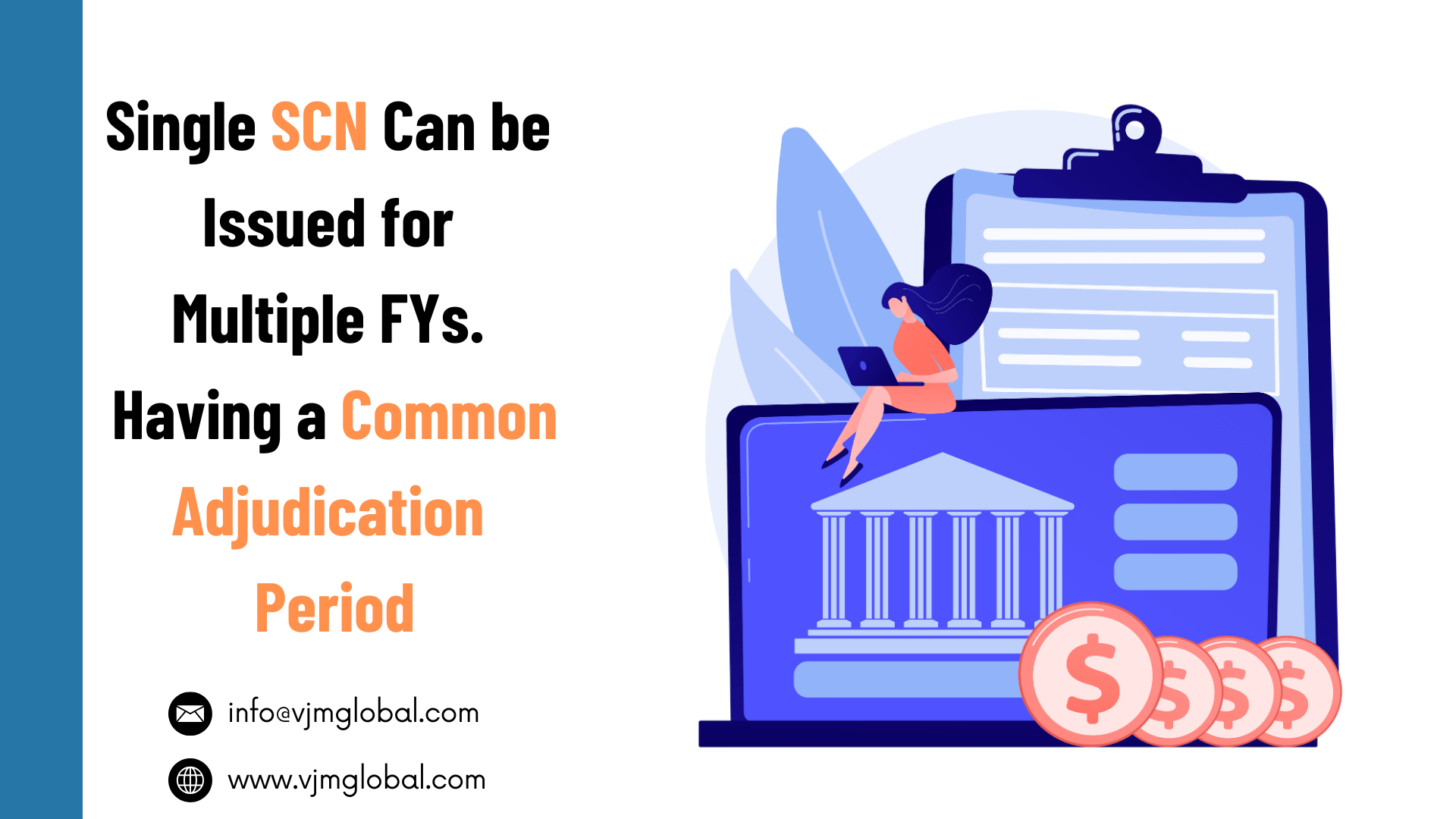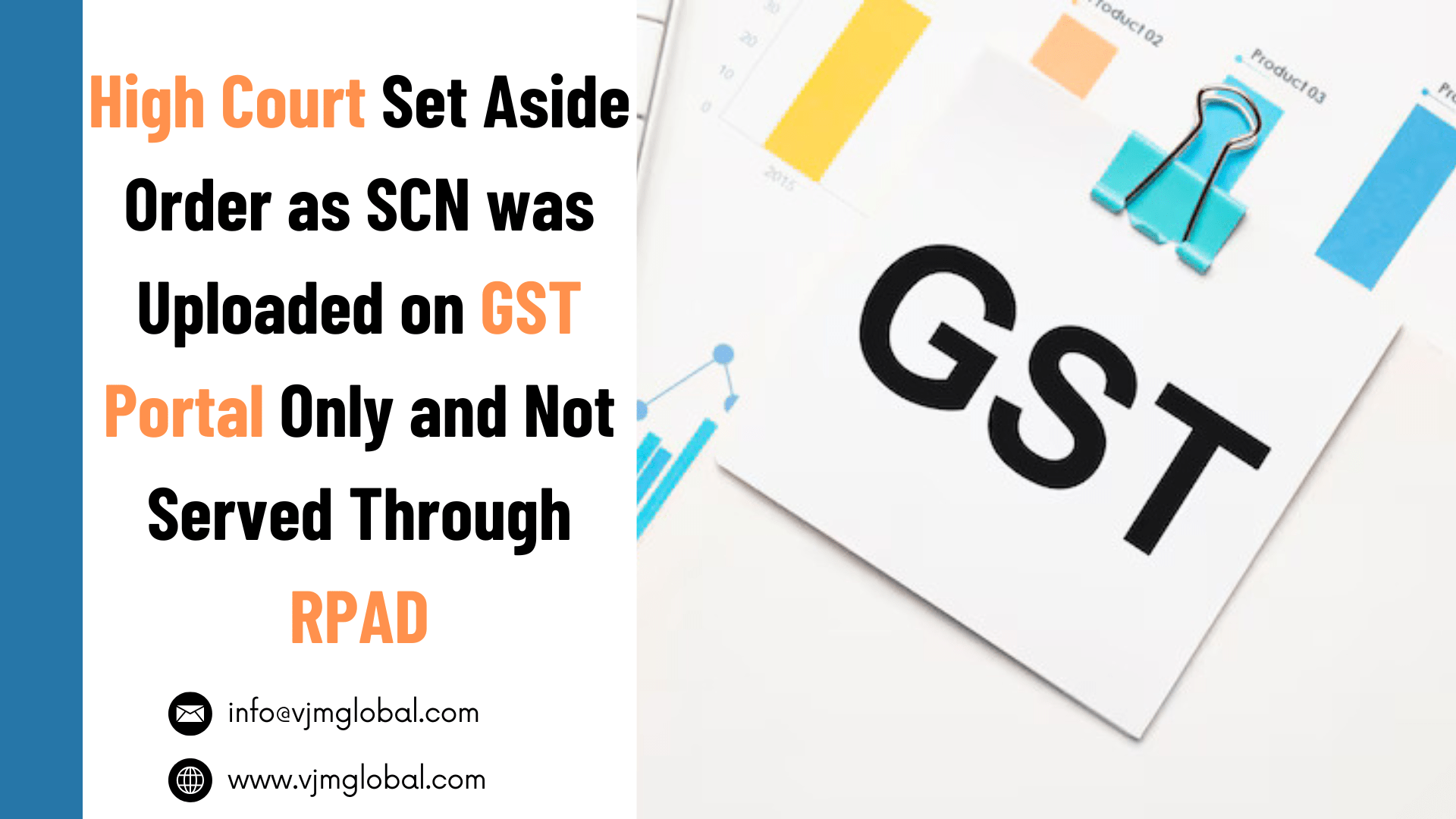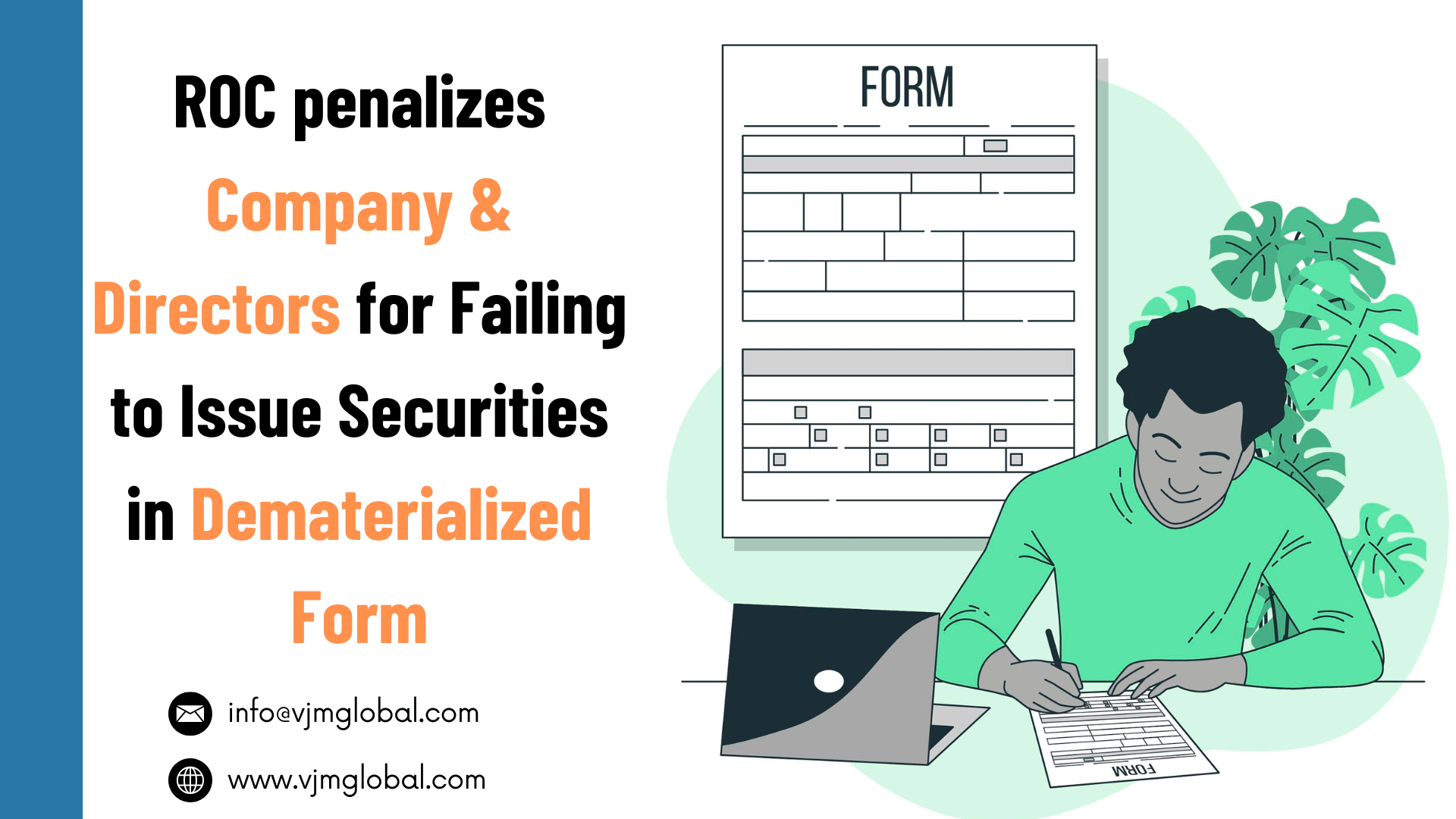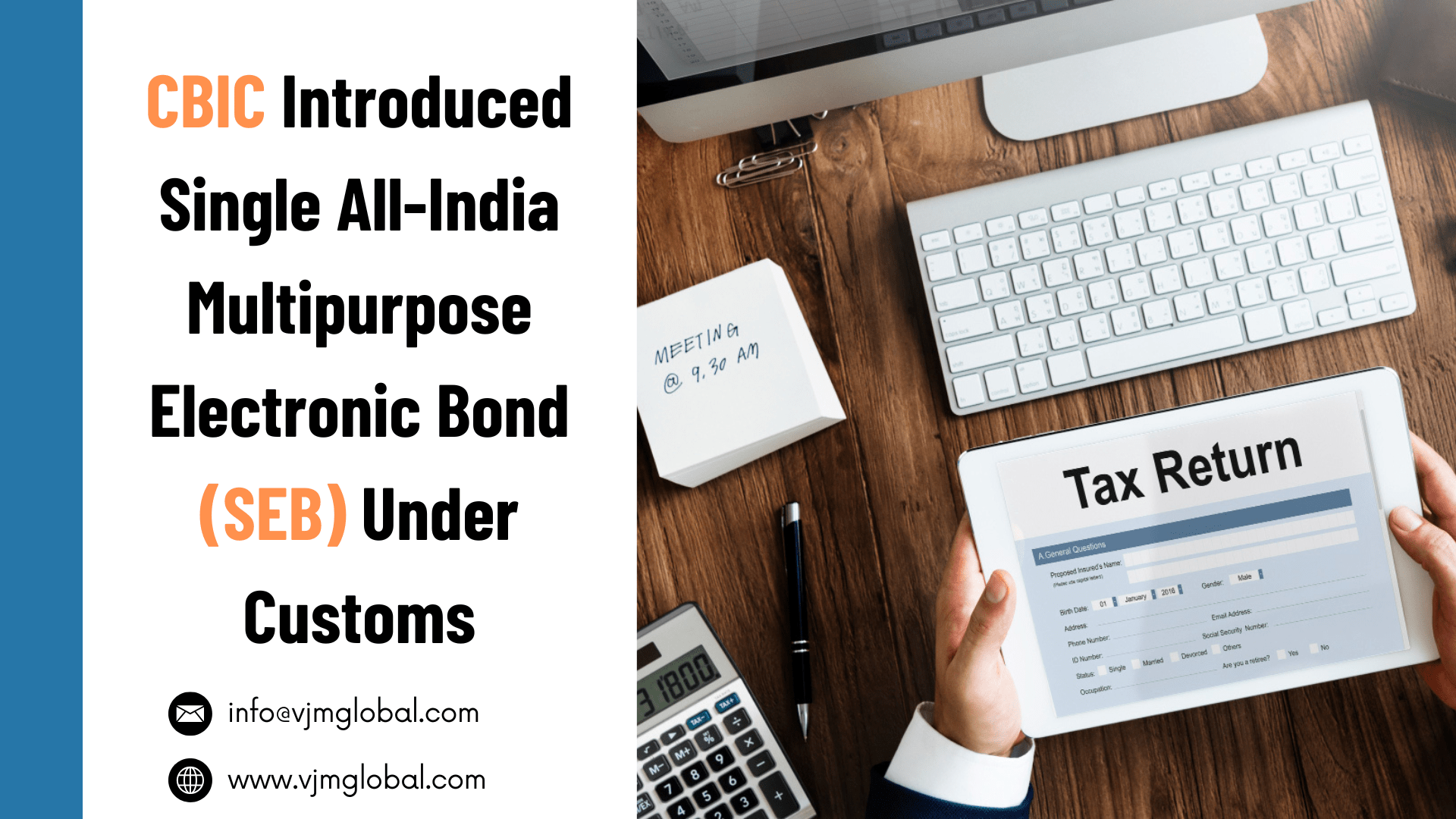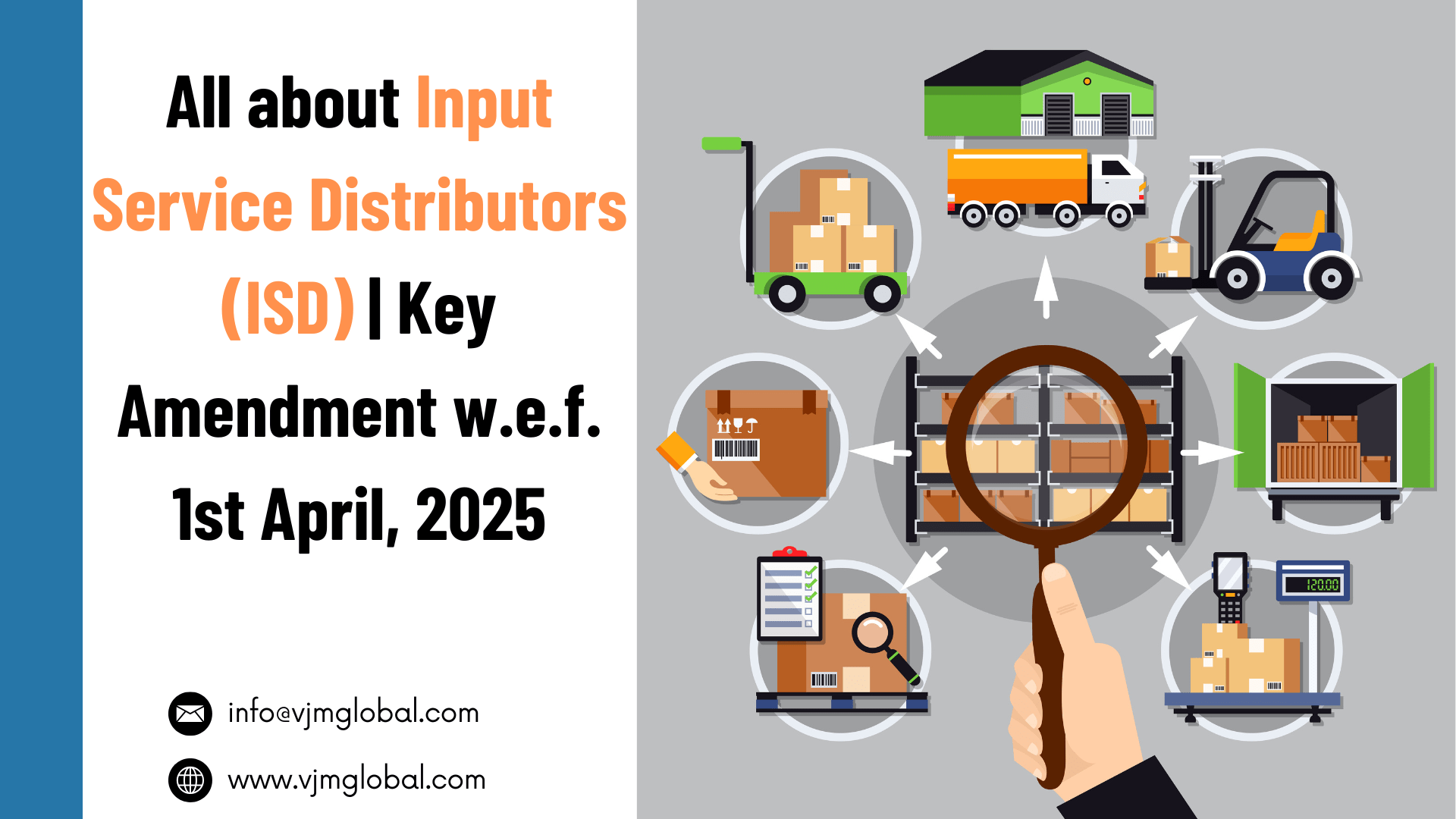The Central Board of Direct Taxes has brought some significant changes to the Income Tax Return filing system. Very unlikely to other financial years where the changes in taxation policies used to take place in the month of April. This year we are noticing the updates in return filing process a bit earlier.
As the changes suggest, this year’s return filing is not only about informing the Income Tax Department about your earnings and investments. But also about all the major expenses you made throughout the year. Apparently, the detailed disclosure is only to bring more transparency to our country’s economic structure. With tax authorities having all the necessary information to cross-check the data in their systems, and the data collected from other sources such as SFT reports, there supposed to be fewer tax defaults.
CBDT has released its notification(Notification No. 01/2020/F. No. 370142/32/2019-TPL) dated 3rd January 2020 with the tax returns forms Sahaj (ITR-1) and Sugam (ITR-4). After the aforesaid notification, the industry trackers has raised their concerns. As per them, the changes are likely to cause hardship in the case of individual taxpayers. Then a Press Release dated 09/01/2020 was also released to grant some relaxation.
1. Form ITR-1 Sahaj
Based on their income and its source, the taxpayers have different forms to furnish at the time of return filing. ITR-1, also known as Sahaj is for persons with an income up to Rs.50 lakhs per annum. Apart from the earnings cap, there used to be several other considerations also. The taxpayers used to consider themselves eligible to file returns through ITR-1 if the income was up to Rs.50 lakhs from one or more of the following sources:
- Income from Salary or Pension
- Earnings from One House Property (Excluding the cases where the loss is brought forward from the previous financial year or carry forward to next year)
- Income from Other sources (Excluding winnings from lottery or Race of Horses)
2. Form ITR-4 Sugam
ITR-4 Sugam is for you if you have opted for a presumptive income scheme as per Section 44AD (i.e. Gross Turnover up to Rs.2 crore) or, Section 44ADA (i.e. Gross receipt up to Rs.50 lakh); or Section 44AE (income from goods carriage up to ten vehicles) of the Income Tax Act,1961.
The individuals or Hindu Undivided Family (HUF) or partnership firm whose total income is up to Rs.50 lakhs has filed the ITR-4 Sugam for the financial year 2019-20. The list includes the following:
- Business income under section 44AD or 44AEEarnings from profession calculated under section 44ADA
- Earning from salary or pension
- Having total income from One House Property (Excluding the cases where the loss is brought forward from the previous financial year or carry forward to next year)
- Income from other sources (Excluding winnings from lottery or Race of Horses)
3. Changes Made on ITR- 1 Sahaj
- CBDT has inserted a new 7th proviso in Section 139(1) of the Income Tax Act which requires that every person, other than company or firm, having total income below the taxable limit shall be required to furnish his ITR if either of the following condition satisfies:
- He has deposited an amount or aggregate of amounts exceeding INR 1 Crore in one or more current accounts; or
- He has incurred expenditure or aggregate of expenditure exceeding INR 2 Lakh rupees for foreign travel either for himself or for some other person; or
- He has incurred an expenditure of an amount or aggregate of the amounts exceeding INR 1 lakh for the consumption of electricity.
- In case of renting of house property, the taxpayer is required to furnish Name, PAN/Aadhar Number of tenants.
- For Income under the head “Other Sources”, a separate column has been provided for claiming deduction u/s 57(iv), i.e., corresponding to interest received on compensation or enhanced compensation u/s 56(2)(vii).
- The ‘Nature of Employment’ is not in Part A- General Information section anymore. It is available in the B1 section of Part B- Salary Schedule of ITR-1.
- If you are a salaried person and your employer deducts the TDS from your salary then, at the time of filing ITR-1 you will have to furnish the TAN detail of your employer.
4. Changes Made on ITR-4 Sugam
- .Persons specified under the 7th proviso of section 139(1) are required to file their Income tax return in form ITR-4. Accordingly, the taxpayer is required to furnish the following information:
| Whether the return is filed under the Seventh proviso to section 139(1)? | Yes/No |
| If Yes, the taxpayer is required to furnish the following information: | |
| Have you deposited amount or aggregate of amounts exceeding Rs.1 Crore in one or more current account during the previous year? | Yes/No. If yes, you need to disclose the Amount |
| Have you incurred expenditure of an amount or aggregate amount exceeding Rs.2 lakhs for travel to a foreign country for yourself or for any other person? | Yes/No. If yes, you need to disclose the Amount |
| Have you incurred expenditure of amount or aggregate amount exceeding Rs.1 lakh on the consumption of electricity during the previous year? | Yes/No. If yes, you need to disclose the Amount |
- In case of renting of house property, the taxpayer is mandatorily required to furnish Name, PAN/Aadhar Number of tenants.
- If ITR-4 is being filed by a representative then Aadhaar number of the representative is required to be provided in ITR-4 from FY 2019-20 onwards.
- In case of a partner of firm filing return in form ITR-4, he requires to furnish Name and PAN of Firm.
- If you are a salaried person and your employer deduct the TDS from your salary then, at the time of filing ITR-1 you will have to furnish TAN detail of your employer.
5. Who Can’t File Returns through ITR-1 or ITR- 4?
- Any taxpayer who has brought forward or carry forward of losses under head House property is not eligible to file ITR-1 and ITR 4.
- These Return Form should not be used by an individual who has–
- held any unlisted equity shares at any time during the previous year;
- any assets (including financial interest in any entity) located outside India;
- signing authority in any account located outside India;
- income from any source outside India. or,
- A person, who is a Director of a company.
- These return form also cannot be used by an individual who has any income of the following nature during the previous year:-
- Profits and gains from business and professions then ITR 1 will not be filed;
- Profits and gains from business and professions which is not required to be computed u/s 44AD, 44ADA or 44AE, such as income from a speculative business, agency business, commission or brokerage income etc. then both ITR 1 and ITR 4 will not be filed.
- Capital gains;
- Income from more than one house property;
- Income under the head other sources which is of the following nature:-
- Winnings from lottery;
- The activity of owning and maintaining racehorses
- Income taxable at special rates under section 115BBDA or section 115BBE;
6. Conclusion
These are some of the known facts about the new rules of the 5 New Disclosures in AY 2020-21 income tax returns. If you are looking for more information related to the changes in Income tax return forms in the Assessment year 2020-21 keep following us.
Read More: The Income Tax Will Share ITR Data With GST For Tax Evasion

